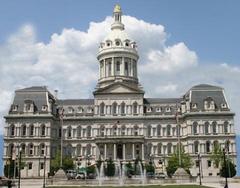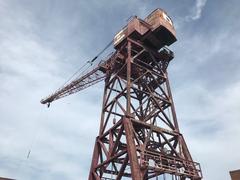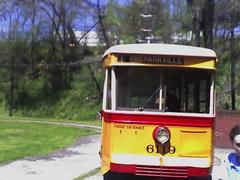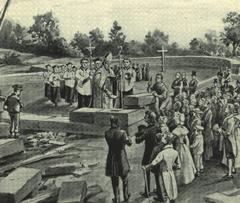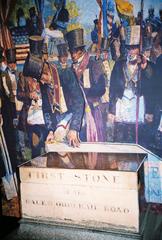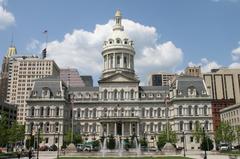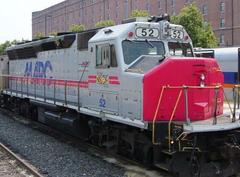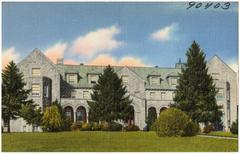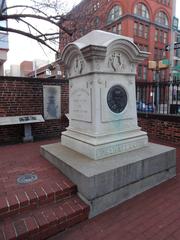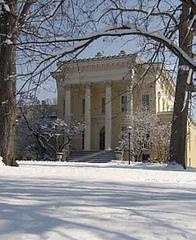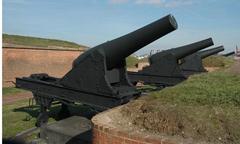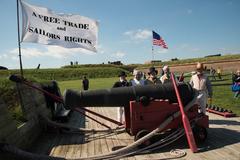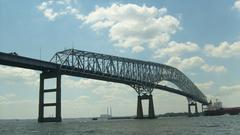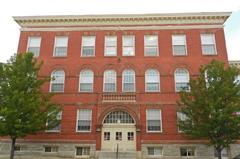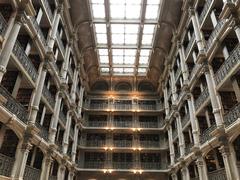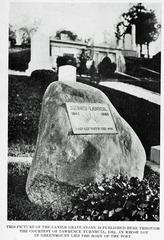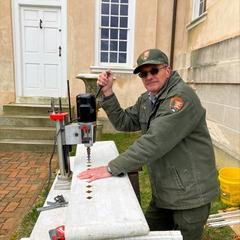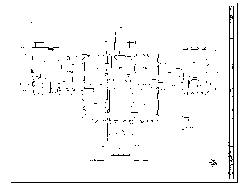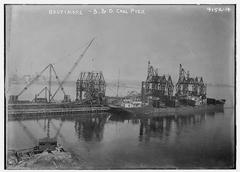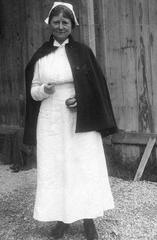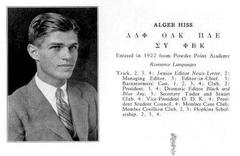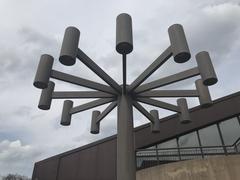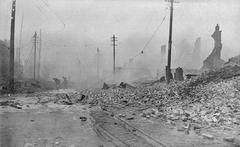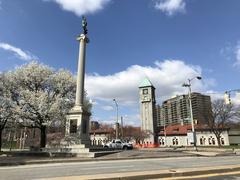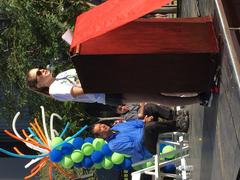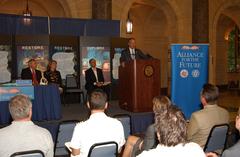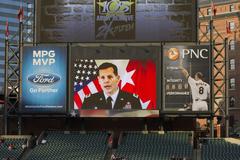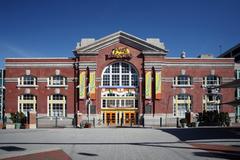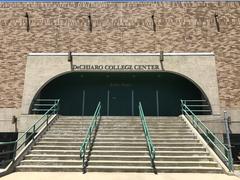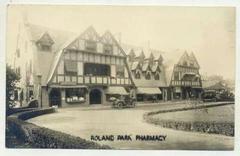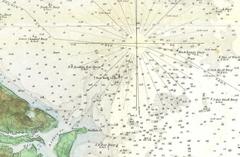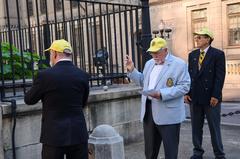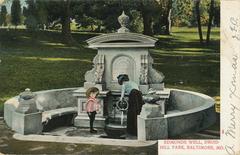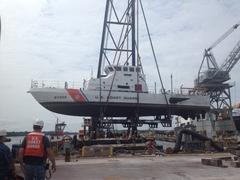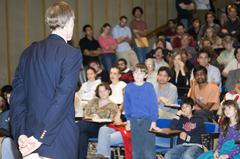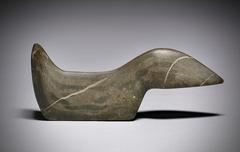
Cathedral Hill Historic District Baltimore: Visiting Hours, Tickets, and Travel Guide
Date: 04/07/2025
Introduction: History and Significance
Nestled in the heart of Baltimore, Maryland, the Cathedral Hill Historic District is a vibrant testament to the city’s rich architectural legacy, religious history, and cultural diversity. At its core stands the renowned Basilica of the National Shrine of the Assumption of the Blessed Virgin Mary—also known as the Baltimore Basilica. As the first Roman Catholic cathedral constructed in the United States after the adoption of the Constitution, the Basilica is both a spiritual beacon and an architectural masterpiece, designed by Benjamin Henry Latrobe, the “Father of American Architecture” (Baltimore Basilica Official Website; Architectural Trust).
Cathedral Hill is not only a religious center but also an architectural showcase, featuring neoclassical, Gothic Revival, Beaux-Arts, and Art Deco styles. Grand mansions, historic churches, and civic landmarks line its walkable streets, narrating Baltimore’s “Golden Age” and ongoing cultural vibrancy. The district’s proximity to the Washington Monument, Walters Art Museum, and Enoch Pratt Free Library further solidifies its importance as a cultural and historical hub (Virginia Travel Tips; Baltimore Heritage; Baltimore Magazine).
Whether you are drawn by architecture, history, or the lively community events, Cathedral Hill Historic District is a must-visit destination in Baltimore.
Table of Contents
- Introduction
- The Baltimore Basilica: Early Foundations and Legacy
- Architectural Highlights and Construction Timeline
- Role in American Catholicism & Notable Figures
- Visiting Hours, Tickets, and Visitor Information
- Key Landmarks and Attractions
- Accessibility and Walking Tours
- Nearby Attractions and Travel Tips
- Preservation and Modern Developments
- Cultural and Community Impact
- FAQ
- Plan Your Visit
- Summary & Travel Advice
- Sources
The Baltimore Basilica: Early Foundations and Legacy
The Cathedral Hill Historic District derives much of its significance from the Baltimore Basilica, a cornerstone of American Catholicism. Built between 1806 and 1821, its construction was championed by John Carroll, the first Catholic bishop in the U.S. Latrobe’s neoclassical design, featuring a grand domed nave and Ionic-columned portico, reflected Enlightenment ideals and the aspirations of a young nation. The Basilica became a symbol of religious freedom and innovation in the United States (Official Basilica Website).
Architectural Highlights and Construction Timeline
The Basilica’s construction spanned from 1806 to its consecration in 1821, with further interior embellishments completed by 1876. Its elegant use of local silver-gray gneiss, luminous dome, and harmonious proportions reflect Latrobe’s vision. The district’s architectural diversity goes beyond the Basilica, with Greek Revival, Gothic, Beaux-Arts, and Art Deco exemplified in nearby churches and civic buildings (Baltimore Magazine).
Role in American Catholicism & Notable Figures
The Basilica has played a central role in American Catholic history, hosting major councils and ordinations, including the influential Third Plenary Council. Distinguished figures such as Mother Mary Lange, Blessed Michael J. McGivney, and St. John Neumann are closely linked to its legacy. The Basilica has welcomed saints and religious leaders, including Pope John Paul II and Mother Teresa.
Visiting Hours, Tickets, and Visitor Information
-
Baltimore Basilica:
- Visiting Hours: Monday–Saturday, 9:00 AM–5:00 PM; Sunday, 7:00 AM–6:00 PM (holiday hours may vary—see official site).
- Admission: Free; donations appreciated.
- Guided Tours: Offered on weekends and by appointment.
- Accessibility: Wheelchair accessible; assistance available.
- Photography: Allowed for personal use; professional photography requires permission.
-
Walters Art Museum: Open Tuesday–Sunday, 10:00 AM–5:00 PM; free entry (Walters Art Museum).
-
Enoch Pratt Free Library: Monday–Thursday, 9:00 AM–9:00 PM; Friday–Saturday, 9:00 AM–6:00 PM; Sunday, 12:00–5:00 PM.
-
Guided Walking Tours: Available through Baltimore Heritage and other local organizations; prices range from $15–$30.
Key Landmarks and Attractions
Baltimore Basilica
A National Historic Landmark and the architectural centerpiece of Cathedral Hill, the Basilica offers daily free tours and stands as the oldest Catholic cathedral in the U.S. (Virginia Travel Tips).
First Unitarian Church
A Greek Revival gem, designed by Maximilien Godefroy and completed in 1818. Open Sundays at 11:00 AM and by special arrangement.
Franklin Street Presbyterian Church (Now New Psalmist Baptist Church)
This Gothic Revival church, completed in 1847, is known for its pointed arches and intricate stonework. Services are Sundays at 9:00 and 11:00 AM; tours by appointment.
Old St. Paul’s Episcopal Church
The city’s oldest Episcopal parish, with its current Gothic Revival building dating to 1856. Open Sundays at 10:00 AM; tours on select days.
Washington Monument (Mount Vernon Place)
Climb 227 steps for panoramic views and explore exhibits dedicated to George Washington (Virginia Travel Tips).
Accessibility and Walking Tours
Most Cathedral Hill sites—including the Basilica, Walters Art Museum, and major churches—are wheelchair accessible. The district itself is walkable, with well-maintained sidewalks and accessible public transit (Baltimore.org). Walking tours, both guided and self-guided, are highly recommended for a comprehensive experience.
Nearby Attractions and Travel Tips
- Inner Harbor: Just a short walk, featuring the National Aquarium and waterfront dining.
- Peabody Library: The “Cathedral of Books” is a must-see for architecture lovers.
- Mount Vernon Place: Home to the Washington Monument and beautiful parks.
Travel Tips:
- Spring and fall offer the best weather for walking tours.
- Weekdays are quieter than weekends.
- Wear comfortable shoes; bring water and sun protection in warmer months.
- Photography is encouraged—early morning and late afternoon light are ideal.
Preservation and Modern Developments
The district is listed on the National Register of Historic Places and as a National Historic Landmark. Major restoration projects, such as the Basilica’s 2004–2006 renovation and post-earthquake repairs, ensure the area’s historical integrity remains intact.
Cultural and Community Impact
Cathedral Hill is a living district, hosting religious ceremonies, festivals, concerts, and community gatherings that connect the past and present.
Frequently Asked Questions (FAQ)
Q: What are the Basilica’s visiting hours?
A: Monday–Saturday, 9:00 AM–5:00 PM; Sunday, 7:00 AM–6:00 PM. Check the official site for holiday updates.
Q: Is there an entrance fee?
A: Admission is free; donations are welcome.
Q: Are guided tours available?
A: Yes, on weekends and by appointment.
Q: Are sites accessible to visitors with disabilities?
A: Most major sites are wheelchair accessible.
Q: Can I take photos inside the Basilica?
A: Yes, for personal use; professional shoots require approval.
Plan Your Visit
- Getting There: Accessible by public transit (Charm City Circulator, MTA buses, Light RailLink). Parking is available nearby but can be limited.
- Visitor Centers: The Baltimore Visitor Center at Inner Harbor offers maps and advice.
- Address for GPS: 409 Cathedral Street, Baltimore, MD 21201.
Download the Audiala app for guided audio tours, real-time updates, and exclusive content on Baltimore’s historic neighborhoods. Stay connected with heritage organizations and follow event calendars to enrich your visit.
Summary & Travel Advice
Cathedral Hill Historic District offers an unparalleled journey through America’s religious, architectural, and cultural heritage. Its centerpiece, the Baltimore Basilica, is a landmark of national importance, while the surrounding churches, mansions, and civic buildings paint a vivid portrait of the city’s evolution. With most sites offering free admission, accessible amenities, and engaging tours, Cathedral Hill welcomes all visitors to explore its rich history. For the latest updates and enhanced touring experiences, download the Audiala app and consult official resources (Baltimore Basilica Official Website; Baltimore Heritage; Baltimore.org).
Sources
- Baltimore Basilica Official Website
- Architectural Trust: Cathedral Hill Historic District
- Virginia Travel Tips: Things to Do in Baltimore
- Baltimore Heritage
- Baltimore Magazine: Baltimore’s Beautiful Historic City Landmarks
- Nomadasaurus: Things to Do in Baltimore
- Baltimore.org: The Best Sightseeing Tours in Baltimore


